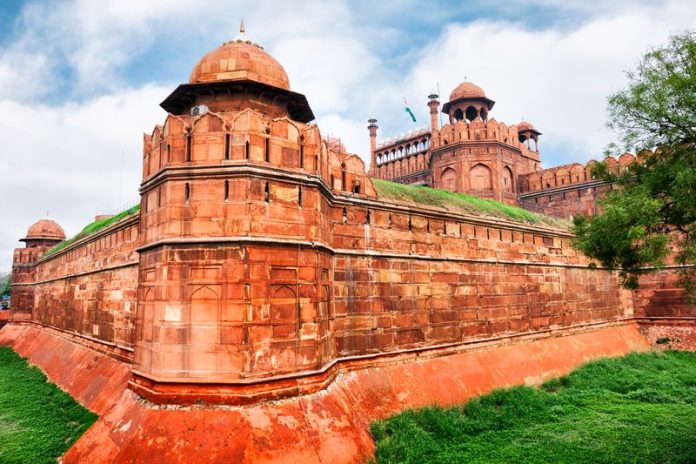Delhi: A new scientific study has warned that the historic Red Fort, a UNESCO World Heritage site, is facing accelerated damage due to high levels of air pollution. The research highlights that flaking of sandstone carvings, blistering of plastered walls, dampness, and salt efflorescence are visibly harming the monument.
The study, titled *Characterization of Red Sandstone and Black Crust to Analyze Air Pollution Impacts on a Cultural Heritage Building: Red Fort, Delhi, India*, is the first of its kind. It was conducted jointly by IIT Roorkee, IIT Kanpur, Ca’ Foscari University of Venice, and the Archaeological Survey of India, under collaboration between India’s Department of Science and Technology and Italy’s Ministry of Foreign Affairs.
Researchers found high concentrations of heavy metals in the black crust covering the fort’s walls. These pollutants are linked to fossil fuel burning, vehicle emissions, construction activity, and cement industries. Samples revealed gypsum and bassanite deposits, which are known to weaken stone structures.
Pollution data between 2021 and 2023 showed PM2.5, PM10, and NO2 levels consistently above national safety standards near the fort. Experts warned that particulate matter settles on carvings and architectural details, causing discoloration and accelerating structural damage.
The study recommended early removal of black crust, cleaning programs, and protective treatments for the sandstone. Without intervention, experts warn that Delhi’s traffic and industrial emissions will continue to threaten the integrity of one of India’s most iconic monuments.




